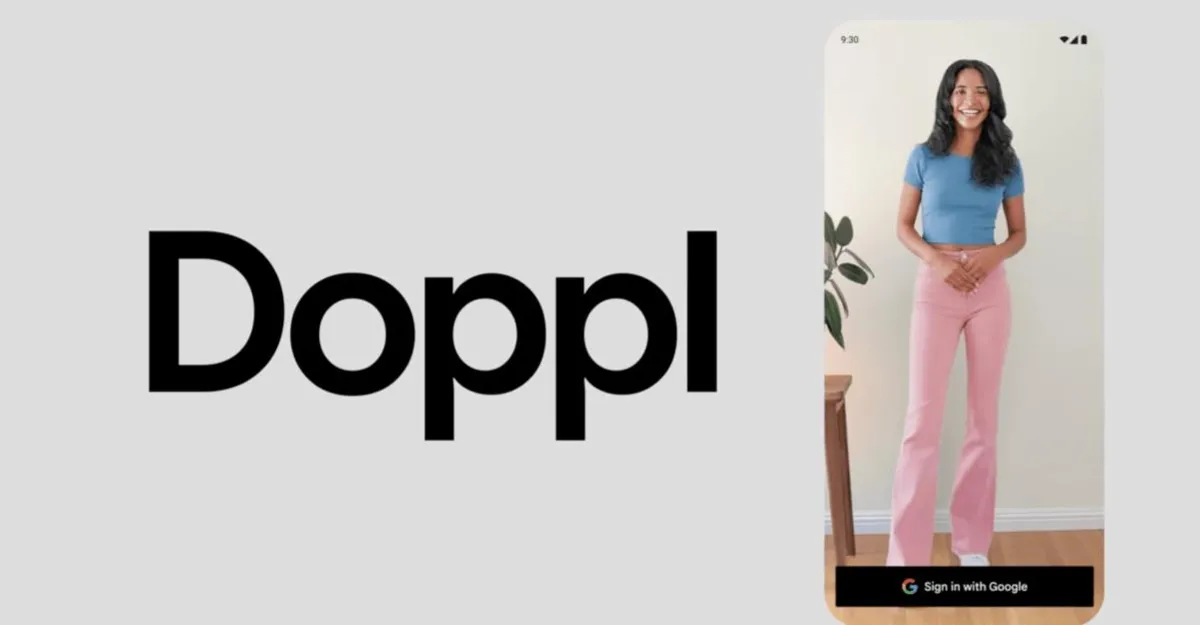
I recently had the opportunity to explore Doppl, a cutting-edge app currently being tested by Google that allows users to virtually try on different outfits using an AI-generated lookalike. In just about 10 minutes, I was able to try on five different outfits, showcasing the potential of this innovative technology. While the app primarily functions well, it does have some noticeable quirks that users should be aware of.
Using Doppl is a straightforward process. To get started, you need a screenshot of the outfit you wish to try on, which can be sourced from platforms like Pinterest or Instagram. In addition, you’ll need a full-body photo of yourself taken in bright lighting, posed naturally, and without any headwear. Once you upload both images, Doppl generates a still image of you wearing the selected outfit. Although the generation process takes a little time, the results can be quite entertaining.
After the initial image is generated, users can enhance their experience by clicking the animate icon. This feature allows you to add a random animation to the image, such as tossing a peace sign, smiling, or striking various poses. During my testing, I uploaded a simple photo of myself in a T-shirt, shorts, and socks. For my first outfit trial, I chose one of Google’s sample outfits. The app accurately portrayed the white and blue striped shirt; however, it mistakenly generated red shorts and wrapped what should have been jeans around my calves, resembling leg warmers instead.
My experience with Doppl revealed several challenges in outfit generation. For instance, when I tried on a pair of distressed jeans, the app only included the button half of the pants, while my shirt appeared excessively long, ending at the same point as my actual shorts. Things became even more peculiar when I uploaded an image of an outfit featuring a striped button-down shirt and long shorts. Instead of a similar outfit, Doppl produced even shorter shorts and somewhat convincing AI-generated fake feet, which added an unexpected twist to the experience.
Doppl does have certain restrictions in place. During my testing, I found that the app would not allow uploads of more revealing outfits, such as bikinis. Additionally, my colleague, Marina Galperina, encountered a similar issue when attempting to upload an image of public figure Donald Trump. These guardrails are likely designed to prevent the generation of explicit images or fake representations of public figures, enhancing the tool's ethical use.
Interestingly, both Marina and I noticed a peculiar pattern when we uploaded mirror selfies to Doppl. Instead of generating accurate representations of ourselves, the app made our lookalikes appear thinner, almost resembling bobblehead figures. This issue did not arise when I used full-body photos taken by someone else, indicating a potential flaw in how the app processes different image types.
Google has had a virtual try-on feature for a couple of years, but this new app, Doppl, represents a significant advancement. It allows users to upload photos and use AI to virtually try on a wider variety of clothing from multiple online sources, even turning the experience into a video. If Google can address some of the app's quirks, I believe it could become an invaluable tool for anyone looking to visualize themselves in outfits they discover online.
If you're eager to explore this innovative fashion app, you can try out Doppl by downloading it now on Android or iOS. Experience the future of virtual fashion and see how you can enhance your wardrobe without ever stepping foot in a store!